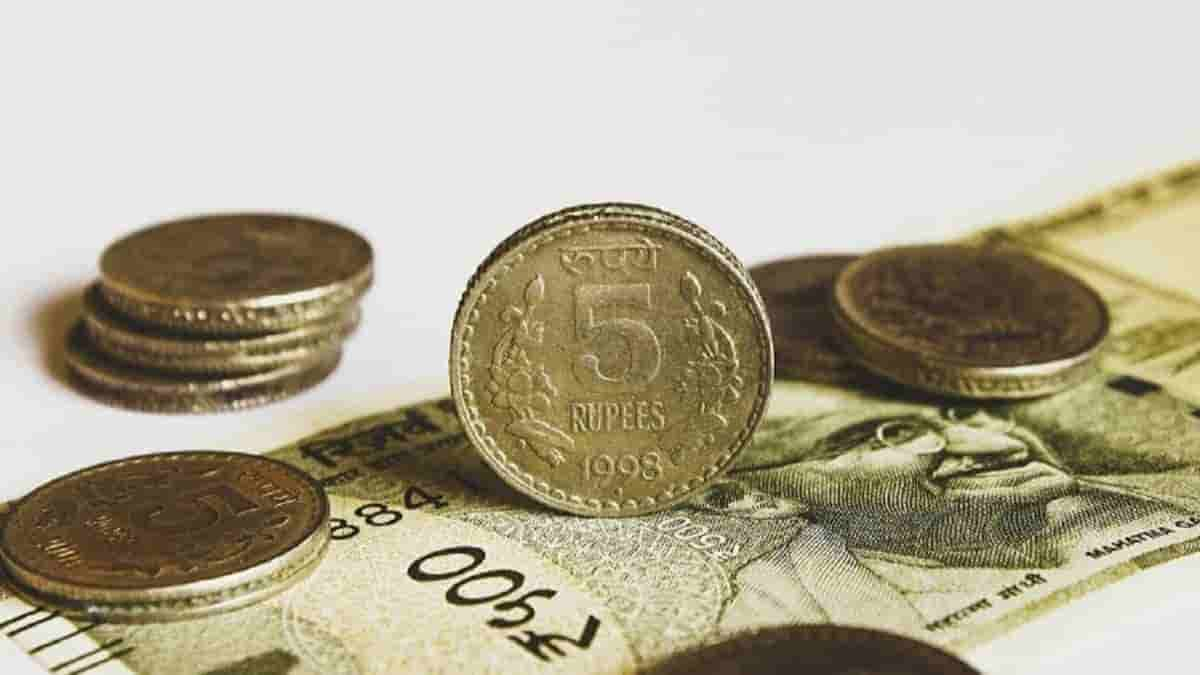With decline in the Rupees value, India’s Foreign Debt load increased

The dramatic drop in the rupee’s value to about 79 to the dollar would surely have an impact on importers, worsen the current account deficit (CAD), and increase the value of India’s foreign debt load. But how much of a problem will this be for the Indian economy given that the rest of the world is also going through economic problems?
This is troubling since the topic of opportunity comes up when talking about the positive effects of the decreasing rupee on the trade balance and net exports. That seems to be limited by two things. First, while the nominal exchange rate has decreased, the real exchange rate—which is what matters when talking about the trade balance and exports—hasn’t truly decreased recently. Second, throughout the past 20 to 30 years, exports have not been very sensitive to changes in the real exchange rate. Although it is not quite on par with the instability we have seen in Sri Lanka or other developing nations, the depreciation is concerning because it raises inflationary pressure and lowers the purchasing power of people whose earnings are unrelated to the issue.
Assuming that oil is now priced at about $110 per barrel, we are currently using 3% of CAD as a percentage of GDP. If oil is at $120, the Canadian currency strengthens by 3.3 percent. The RBI sees red lights when the CAD is higher than 2.5 percent (Reserve Bank of India). Instead of just concentrating on the CAD, we need to find out if we have enough capital side flows to close the gap. And if we do, even with the CAD at 3 percent, it might not have a significant impact on the economy. Recent inflows into emerging economies have dried up as a result of the shifting landscape of the global monetary policy cycle. Emerging markets are losing more capital. The RBI must sell dollars on the spot market to arrest the depreciation. Depreciation pressures are a little bit less intense than they were in 2013.
Though less serious than the current situation in Sri Lanka, there is nonetheless cause for alarm. If the rupee or any other currency starts to weaken, there is always a chance for further depreciation, which might lead to increased capital outflows. In that circumstance, the central bank must keep an eye on the issue.
The main risk for the rupee is the volatility, not the amount. Given that global monetary policy is becoming tighter and other developing market currencies are also weakening, the RBI shouldn’t mind if the rupee declines gradually. We probably need to tell the corporates that they need a better hedging plan when the exchange rate is more or less stable or slightly appreciating. Currency depreciation is helpful in and of itself since it maintains the competitive edge. Additionally, it aids in limiting imports because the price of imported goods rises when a currency depreciates, which decreases consumer demand for importables. In actuality, there is a recurring need for oil.


